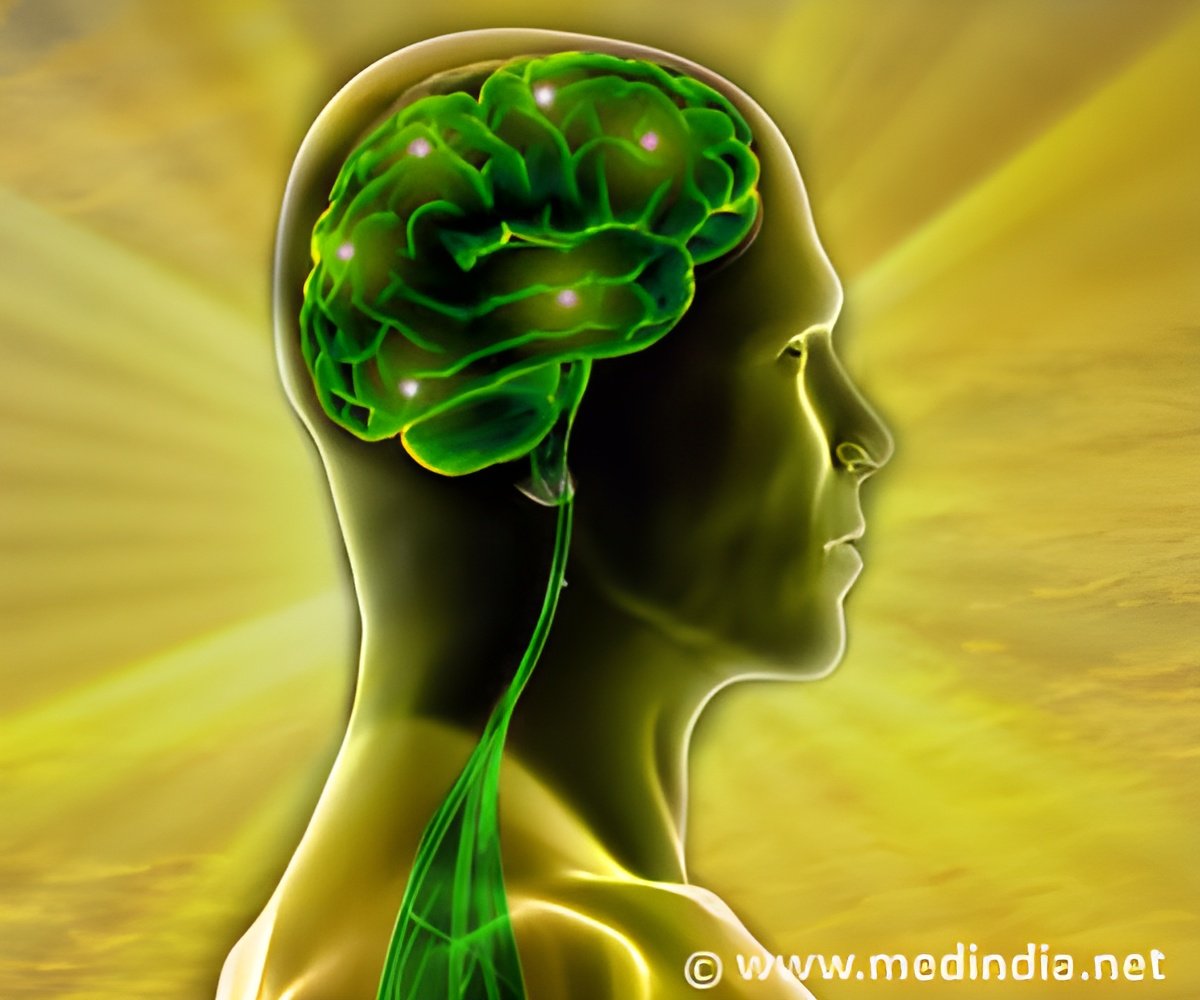Internet search engines such as Google have been used for establishing association between concepts and how these associations are encoded by neurons in memory areas.

‘Internet search engines such as Google and Bing have been used for exploring a much larger database of associations between concepts and how neurons represent the intricate web of associations and memories.’





The research, which is published in the journal Nature Communications, shows that these neurons fire to relatively few concepts, which tend to be largely related. Senior author Professor Rodrigo Quian Quiroga from the Center for Systems Neuroscience at the University of Leicester explained: "We have previously proposed that these neurons - the 'Jennifer Aniston' neurons - are the building blocks of memory. They represent concepts and the links between them. In fact, these concepts and their associations are the skeleton of the memories we store. In line with this view, we tend to remember concepts and forget countless number of details. Not surprisingly, such details are not even encoded by these neurons."
First author Emanuela De Falco, who is currently finishing her PhD at the University of Leicester, added, "I am really glad I had the chance to do my PhD in such a fascinating area of research, having the opportunity to record directly from neurons of patients and integrating results obtained with these neural recordings with behavioral and web-based results. I found it incredibly interesting to see how, after thousands of web searches, the web metric was actually able to tell us something about the neurons we recorded."
The team showed sets of pictures - about 100 per experiment - to patients implanted with clinical electrodes for clinical reasons, which allowed them to study how dozens of simultaneously recorded neurons in awake and behaving human subjects responded to the presented pictures.
The team then asked subjects how much they related a subset - about 10-20 - of these pictures with each other and defined a degree of association for all the pictures presented based on internet searches.
Advertisement
Professor Quiroga added, "Interestingly, the patients were not performing a memory task, they were just passively watching pictures. So, the coding of associations is not contingent to the performance of a task - in which case, it could be argued that neurons temporarily encode such associations and then do something else - but it rather represents a long-term memory storage."
Advertisement









